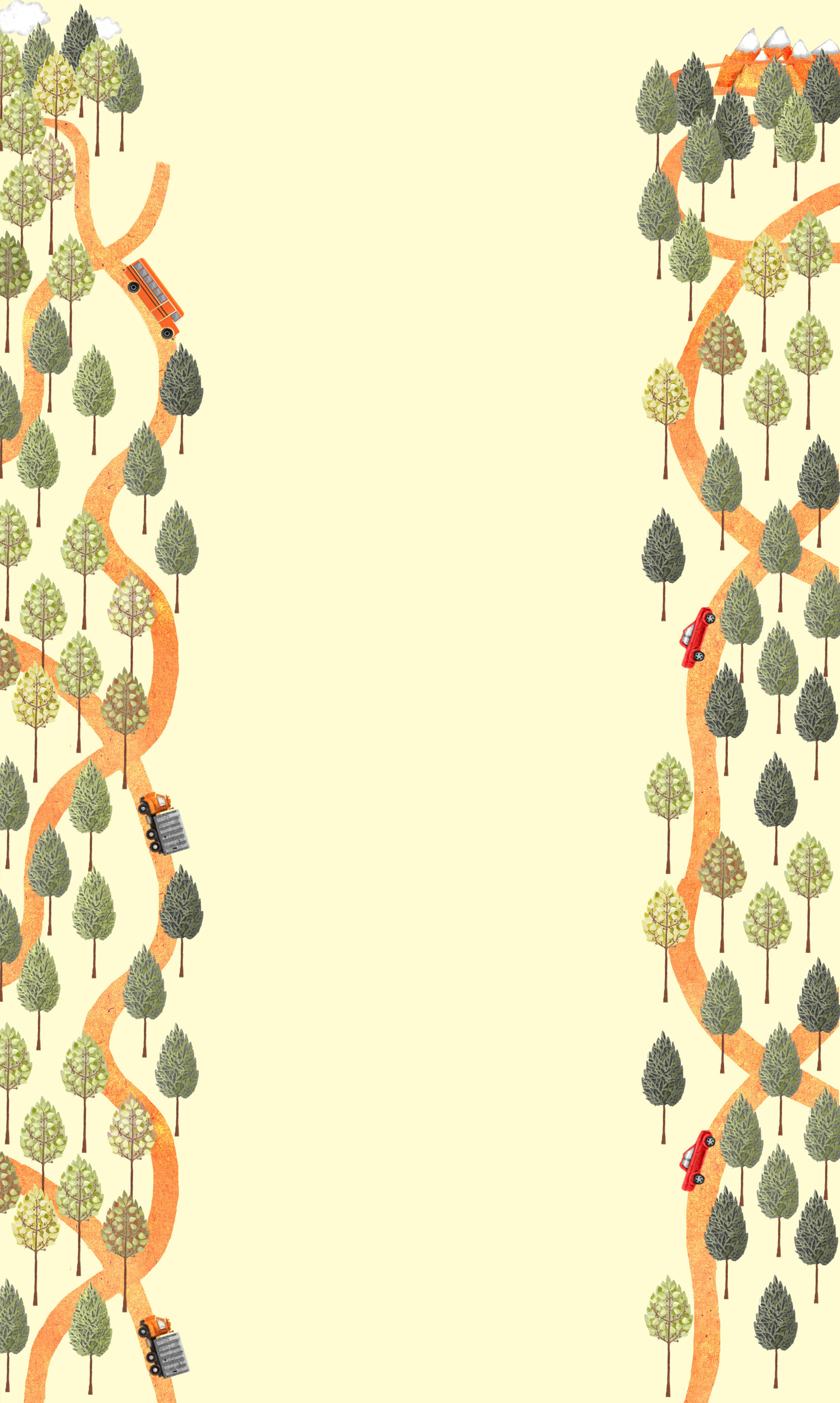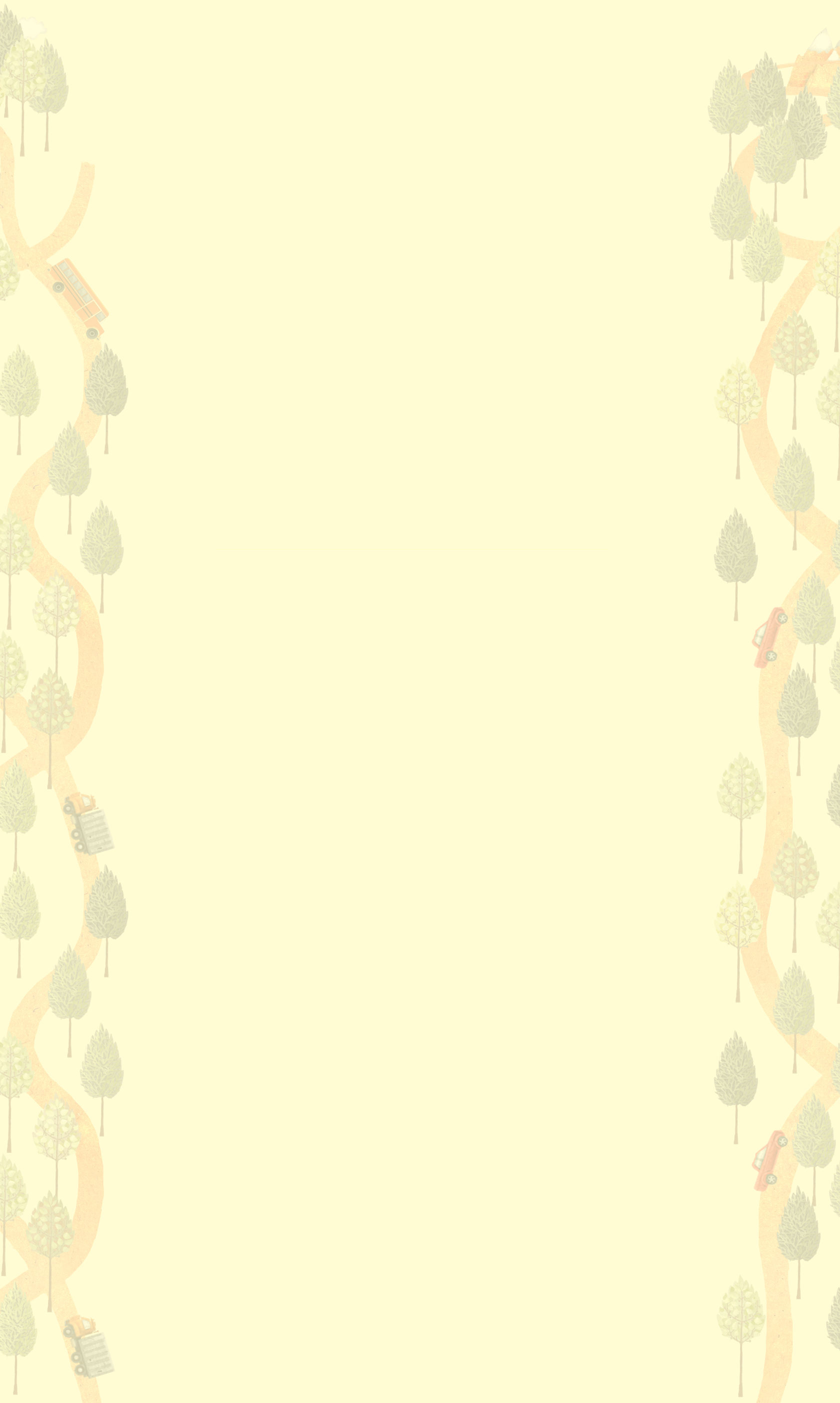


Lesson 2
In which you discover
the place of the butterfly
the place of the butterfly
How to learn?
There are 3 main steps to this lesson.
Step 1- "Glue"
Watch the video lesson, it has all the necessary explanations.
Step 2 - "Bricks"
Look at the list of words you need to know for this lesson.
Step 3 - "Put them together" and start building your house.
Using what you know from steps 1 and 2, make your own Hebrew sentences.
There are 3 main steps to this lesson.
Step 1- "Glue"
Watch the video lesson, it has all the necessary explanations.
Step 2 - "Bricks"
Look at the list of words you need to know for this lesson.
Step 3 - "Put them together" and start building your house.
Using what you know from steps 1 and 2, make your own Hebrew sentences.
How to learn?
There are 3 main steps to this lesson.
Step 1- "Glue"
Watch the video lesson, it has all the necessary explanations.
Step 2 - "Bricks"
Look at the list of words you need to know for this lesson.
Step 3 - "Put them together" and start building your house.
Using what you know from steps 1 and 2, make your own Hebrew sentences.
There are 3 main steps to this lesson.
Step 1- "Glue"
Watch the video lesson, it has all the necessary explanations.
Step 2 - "Bricks"
Look at the list of words you need to know for this lesson.
Step 3 - "Put them together" and start building your house.
Using what you know from steps 1 and 2, make your own Hebrew sentences.
LESSON
CONTENTS OF THE VIDEO LESSON
* TIP: Open this video on YouTube!
If you click there on "show more" you'll see same contents as here below, but the times (time stamps) will be clickable! (i.e., if you click there on 03:30 it will take you straight to this place in the video!)
00:00 - review
01:30 - "who?" question word - MI?
02:40 - fem.\masc. ending exception # 1 -
►►► "you" in Hebrew - AT and ATA
05:15 - "'where?" question word - EIFO?
05:19 - "in" preposition - BE- & practice
07:32 - definite article "the" - HA-
►►► (indefinite article "a" don't have, we just say nothing ;))
09:20 - "this" fem. and masc. forms - ZE and ZOT
11:13 - plural ending: -IM (for boys) -OT (for girls)
13:20 - adding an adjective describing the plural nouns -
►►► the adjective will have the same ending the noun has!
►►► (TALMIDIM TOVIM, TALMIDOT TOVOT)
16:05 - alphabet 2nd part - ב כ-ך פ-ף ש
23:40 - practice reading together & some review
If you click there on "show more" you'll see same contents as here below, but the times (time stamps) will be clickable! (i.e., if you click there on 03:30 it will take you straight to this place in the video!)
00:00 - review
01:30 - "who?" question word - MI?
02:40 - fem.\masc. ending exception # 1 -
►►► "you" in Hebrew - AT and ATA
05:15 - "'where?" question word - EIFO?
05:19 - "in" preposition - BE- & practice
07:32 - definite article "the" - HA-
►►► (indefinite article "a" don't have, we just say nothing ;))
09:20 - "this" fem. and masc. forms - ZE and ZOT
11:13 - plural ending: -IM (for boys) -OT (for girls)
13:20 - adding an adjective describing the plural nouns -
►►► the adjective will have the same ending the noun has!
►►► (TALMIDIM TOVIM, TALMIDOT TOVOT)
16:05 - alphabet 2nd part - ב כ-ך פ-ף ש
23:40 - practice reading together & some review
CONTENTS OF THE VIDEO LESSON
* TIP: Open this video on YouTube!
If you click there on "show more" you'll see same contents as here below, but the times (time stamps) will be clickable! (i.e., if you click there on 03:30 it will take you straight to this place in the video!)
00:00 - review
01:30 - "who?" question word - MI?
02:40 - fem.\masc. ending exception # 1 - "you" in Hebrew - AT and ATA
05:15 - "'where?" question word - EIFO?
05:19 - "in" preposition - BE- & practice
07:32 - definite article "the" - HA- (indefinite article "a" don't have, we just say nothing ;))
09:20 - "this" fem. and masc. forms - ZE and ZOT
11:13 - plural ending: -IM (for boys) -OT (for girls)
13:20 - adding an adjective describing the plural nouns - the adjective will have the same ending the noun has! (TALMIDIM TOVIM, TALMIDOT TOVOT)
16:05 - alphabet 2nd part - ב כ-ך פ-ף ש
23:40 - practice reading together & some review
If you click there on "show more" you'll see same contents as here below, but the times (time stamps) will be clickable! (i.e., if you click there on 03:30 it will take you straight to this place in the video!)
00:00 - review
01:30 - "who?" question word - MI?
02:40 - fem.\masc. ending exception # 1 - "you" in Hebrew - AT and ATA
05:15 - "'where?" question word - EIFO?
05:19 - "in" preposition - BE- & practice
07:32 - definite article "the" - HA- (indefinite article "a" don't have, we just say nothing ;))
09:20 - "this" fem. and masc. forms - ZE and ZOT
11:13 - plural ending: -IM (for boys) -OT (for girls)
13:20 - adding an adjective describing the plural nouns - the adjective will have the same ending the noun has! (TALMIDIM TOVIM, TALMIDOT TOVOT)
16:05 - alphabet 2nd part - ב כ-ך פ-ף ש
23:40 - practice reading together & some review
SUMMARY

And here is the summary of the lesson
- if you like infographics more than watching videos, or
- if you use this website just for brush-up, review and recollection
- if you use this website just for brush-up, review and recollection

And here is the summary of the lesson
- if you like infographics more than watching videos, or
- if you use this website just for brush-up,
review and recollection
- if you like infographics more than watching videos, or
- if you use this website just for brush-up,
review and recollection

And here is the summary of the lesson
- if you like infographics more than watching videos, or
- if you use this website just for brush-up, review and recollection
- if you use this website just for brush-up, review and recollection
READING
You already know 10 letters out of 22!
Let's practice reading!
The green words are those from your vocabulary list,
and the black ones are only for practicing the letters you've learnt (though they are real words too).
Let's practice reading!
The green words are those from your vocabulary list,
and the black ones are only for practicing the letters you've learnt (though they are real words too).
You already know
10 letters out of 22!
Let's practice reading!
The green words are those from your vocabulary list,
and the black ones are only for practicing the letters you've learnt (though they are real words too).
10 letters out of 22!
Let's practice reading!
The green words are those from your vocabulary list,
and the black ones are only for practicing the letters you've learnt (though they are real words too).
Make sure you've read these words correctly -
listen to the recording below!
(Didn't read it out loud? please do!)
listen to the recording below!
(Didn't read it out loud? please do!)
VOCABULARY
In each lesson of this course...
A few words about phonetical stress:
Hebrew stress falls either on the last syllable of the word (in 70% of the cases)
or on the one before the last - and in this case in this vocabulary there will be a small mark (like this: <) over the one-before-the-last syllable. Don't see the mark? It means that the stress is on the last syllable.
Hebrew stress falls either on the last syllable of the word (in 70% of the cases)
or on the one before the last - and in this case in this vocabulary there will be a small mark (like this: <) over the one-before-the-last syllable. Don't see the mark? It means that the stress is on the last syllable.


You know 37 words by now!
In Hebrew 37 words is a lot.
Why?
Because the number of words in Hebrew is pretty limited.
While Shakespeare uses almost 32,000 words in his plays,
the whole Bible uses ca. 8,000 words only.
Thus, learning Hebrew is 4 times easier than learning English :)
In Hebrew 37 words is a lot.
Why?
Because the number of words in Hebrew is pretty limited.
While Shakespeare uses almost 32,000 words in his plays,
the whole Bible uses ca. 8,000 words only.
Thus, learning Hebrew is 4 times easier than learning English :)
You know 37 words by now!
In Hebrew 37 words is a lot.
Why?
Because the number of words in Hebrew is pretty limited.
While Shakespeare uses almost 32,000 words in his plays,
the whole Bible uses ca. 8,000 words only.
Thus, learning Hebrew is 4 times easier than learning English :)
In Hebrew 37 words is a lot.
Why?
Because the number of words in Hebrew is pretty limited.
While Shakespeare uses almost 32,000 words in his plays,
the whole Bible uses ca. 8,000 words only.
Thus, learning Hebrew is 4 times easier than learning English :)
PRACTICE
Now, let's practice what we know!
As in the previous lesson, type in the Hebrew translations of the following sentences, then press "Send" - you will receive a copy of your answers to your email.
There is nothing but what we've learnt so far - I promise!
As in the previous lesson, type in the Hebrew translations of the following sentences, then press "Send" - you will receive a copy of your answers to your email.
There is nothing but what we've learnt so far - I promise!

Alisa Zingerman
Your Hebrew guide
Here are the words
you will need for the Practice section
you will need for the Practice section

Words learning game
Again, before the next lessons make sure you know all the words.
You are already familiar with Memrise, aren't you?
Again, before the next lessons make sure you know all the words.
You are already familiar with Memrise, aren't you?

Memrise: how to...
...make it teach you only what you need to know now (Lesson 2 only).
How do you like the course so far?










